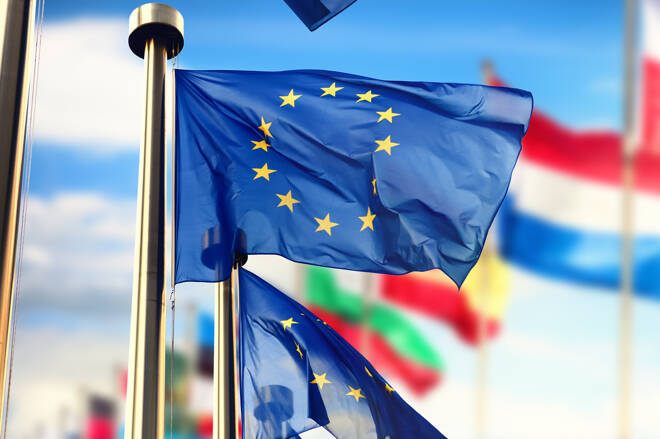Advertisement
Advertisement
French and German 4th Quarter GDP Numbers Better than Expected But Not Good Enough…
By:
Extended lockdown measures in the 1st quarter mute the impact of better than expected stats from France and Germany on the EUR and the majors.
It was a busy morning on the economic calendar, with economic data from France, Germany, and Spain in focus.
The French Economy
Ahead of the European open, economic data from France came in ahead of forecasts, providing EUR support.
In the 4th quarter, the French economy contracted by just 1.3% following an 18.5% rebound in the 3rd quarter. Economists had forecast 4% contraction for the quarter.
Consumer spending also bounced back from November’s 18.9% tumble. In December, spending surged by 23%, month-on-month. Economists had forecast a 19% jump in consumer spending.
While the numbers were better than expected, extended lockdown measures through January limited the upside for the EUR.
The Spanish Economy
From Spain, the economy fared better than that of France. In the 4th quarter, the economy expanded by 0.4% following a 16.4% rebound in the 3rd quarter. Economists had forecast a contraction of 1.5%.
Year-on-year, however, the economy contracted by 9.1%, following a 9% contraction in the 3rd quarter. Economist had forecast a 10.8% contraction.
Inflation figures for December were also EUR positive, though there was little EUR movement in response as the markets awaited stats from Germany.
The German Economy
In January, unemployment fell by 41k following a 40k decline December. Economists had forecast a 6k increase. The unemployment rate held steady at 6.0%.
4th quarter GDP numbers also beat expectations, though failing to provide further upside for the EUR.
Quarter-on-quarter, the economy grew by 0.1%, following the 8.5% rebound in the 3rd quarter. Year-on-year, the German economy contracted by 2.9%, following 3.9% contraction in the 3rd quarter. Economists had forecast a contraction of 3.4%.
According to Destatis,
- The pace of the economic recovery slowed in the 4th quarter as a result of the 2nd wave of the pandemic.
- Lockdown measures affected household consumption in particular.
- Exports of goods and gross fixed capital formation in construction supported the economy, however.
Market Impact
Upon release of the figures through the early part of the day, the EUR rose from $1.20995 to a high $1.21189 before easing back. The EUR was unable to break back through to $1.212 levels and revisit a current day high of $1.21255.
While the EUR recovered from a current day low $1.20943, there was less upside for the European majors.
The DAX30 found some support but not enough to reverse losses from earlier in the session.
Ultimately, extended lockdown measures through to mid-February and possibly beyond paint a bleaker picture for the 1st quarter.
At the time of writing, the Eur was down by 0.08% to $1.21106, with the DAX down by 0.99%. The CAC40 was down by 1.05%.
About the Author
Bob Masonauthor
With over 28 years of experience in the financial industry, Bob has worked with various global rating agencies and multinational banks. Currently he is covering currencies, commodities, alternative asset classes and global equities, focusing mostly on European and Asian markets.
Advertisement
